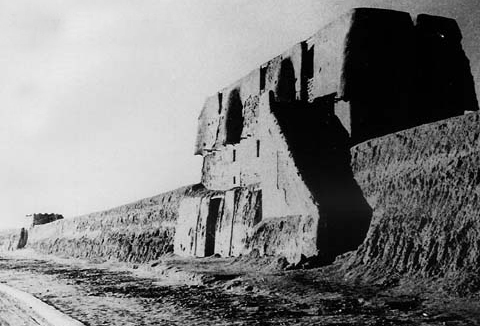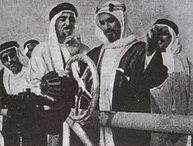
Other historical facts prove the foundation of Kuwait in 1613, for examples, the transcription of the book of the Imam Malek for people who were living in Kuwait by Mussaed Ibn Ahmad Ibn Mussaed Ibn Salem, and the description of Kuwait by the traveler Morthada Ibn Alouane who visited Kuwait after his pilgrimage in 1708.


